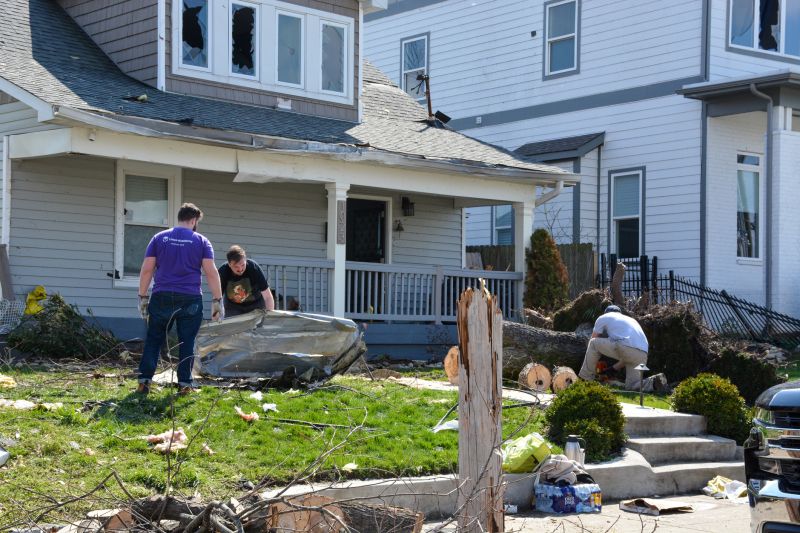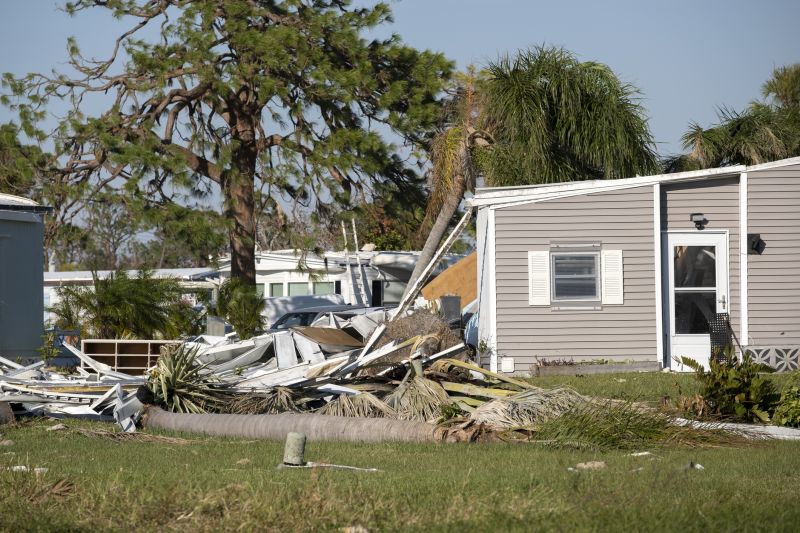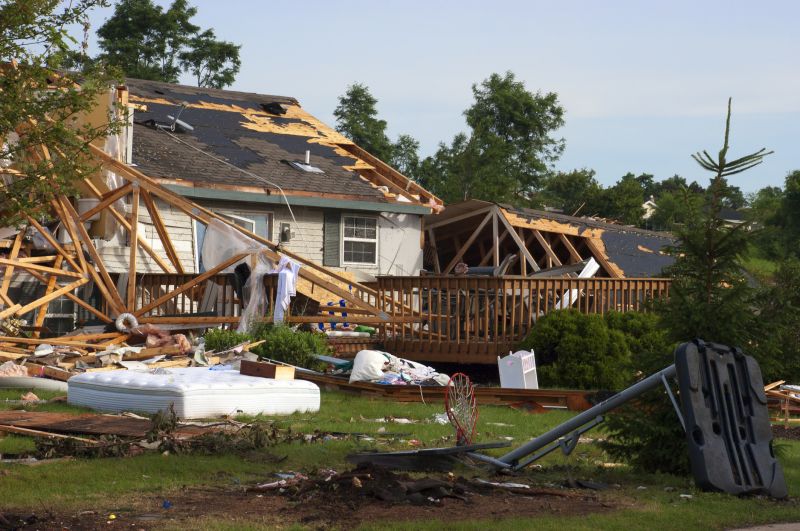Optimal Timing for Storm Restorations
Understanding the optimal timing for storm restorations is essential for ensuring property resilience. The most suitable time typically aligns with periods of minimal weather disruptions, allowing repairs and preventative measures to be effectively completed.
Spring and early summer often present favorable conditions for storm restorations, with milder weather and less likelihood of severe storms interfering with repair work.
Monitoring local weather forecasts helps identify windows of opportunity when restoration efforts can be safely and efficiently carried out.
Immediately after a storm, assessments and initial repairs can prevent further damage and prepare properties for upcoming weather events.
Pre-storm preparations, including inspections and repairs, can mitigate damage when storms occur.

Inspecting properties after storms helps determine necessary repairs and restoration priorities.

Specialized tools and machinery facilitate efficient storm damage repairs.

Rapid response teams are essential for immediate storm damage mitigation.

Ways to make Storm Restorations work in tight or awkward layouts.

Popular materials for Storm Restorations and why they hold up over time.

Simple add-ons that improve Storm Restorations without blowing the budget.

High-end options that actually feel worth it for Storm Restorations.

Finishes and colors that play nicely with Storm Restorations.
| Factor | Impact |
|---|---|
| Season | Spring and early summer are ideal for restorations due to calmer weather. |
| Weather Forecasts | Clear periods allow for uninterrupted repair work. |
| Storm Frequency | Scheduling before storm seasons reduces damage risks. |
| Property Inspection | Regular inspections enable timely repairs. |
| Resource Availability | Availability of materials and crews influences timing. |
| Local Regulations | Permitting and regulations may affect scheduling. |
Storm restorations involve repairing and reinforcing properties damaged by severe weather events. These efforts include fixing roof damage, restoring siding, and addressing structural issues. Proper timing ensures repairs are completed effectively, reducing the risk of further damage and maintaining property value.
Statistics indicate that early restoration efforts can decrease repair costs by up to 30 percent and significantly reduce the duration of property vulnerability. Planning restoration activities around favorable weather conditions enhances safety and efficiency.

Technicians repairing roof damage after a storm.

Debris removal and site clearing for safe repairs.

Installing storm shutters and reinforcing vulnerable areas.

Assessing damage to determine necessary repairs.
Interested property owners are encouraged to contact for assessments and planning. Timely action ensures property resilience and minimizes potential damage from future storms.


